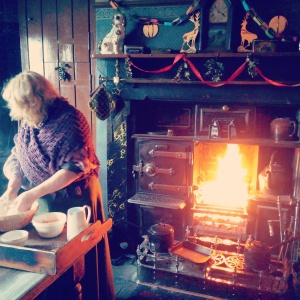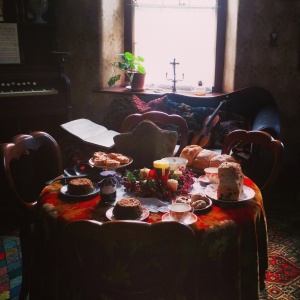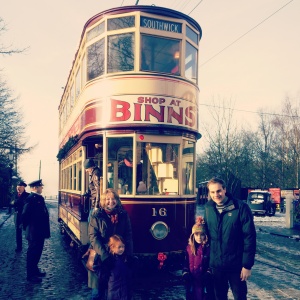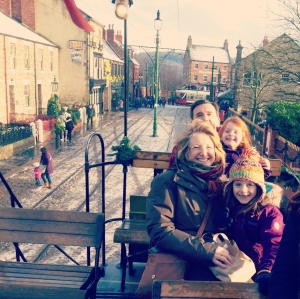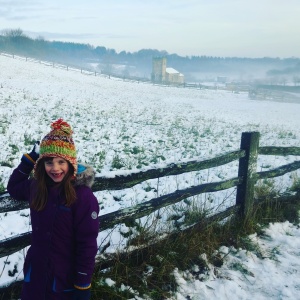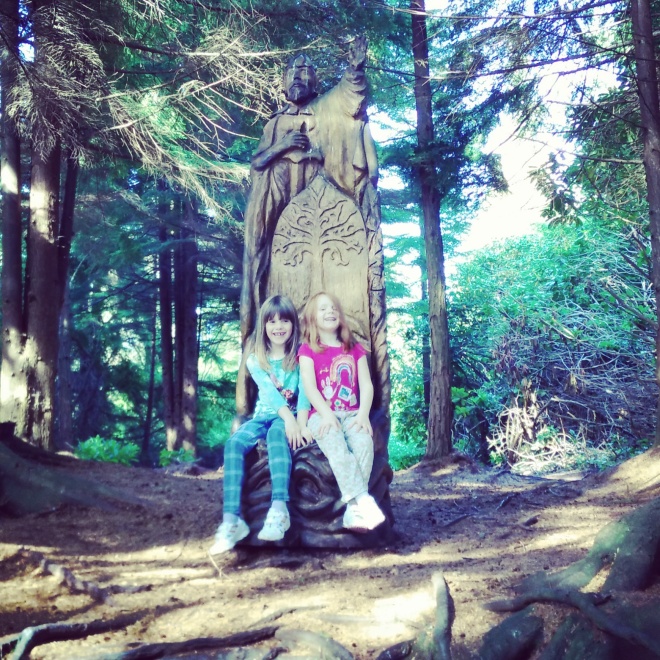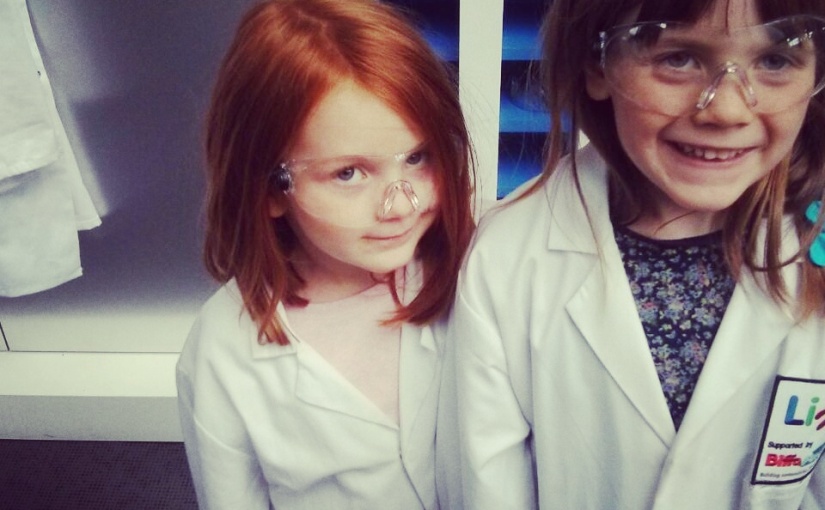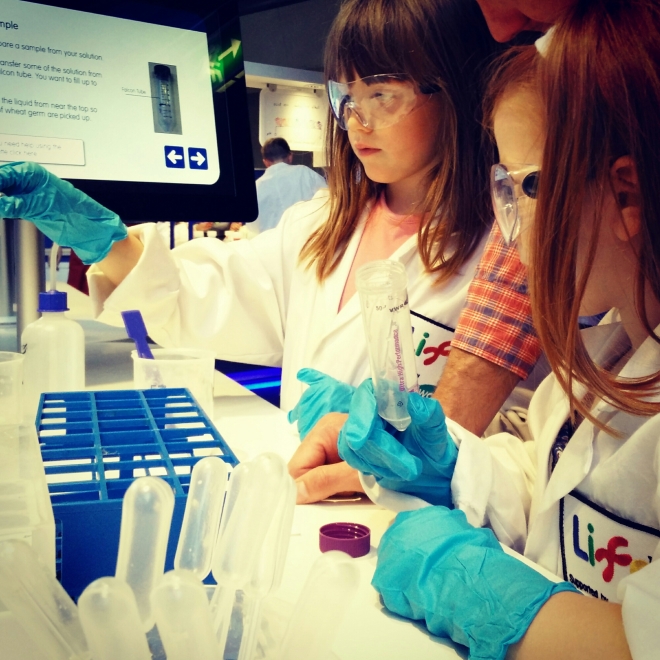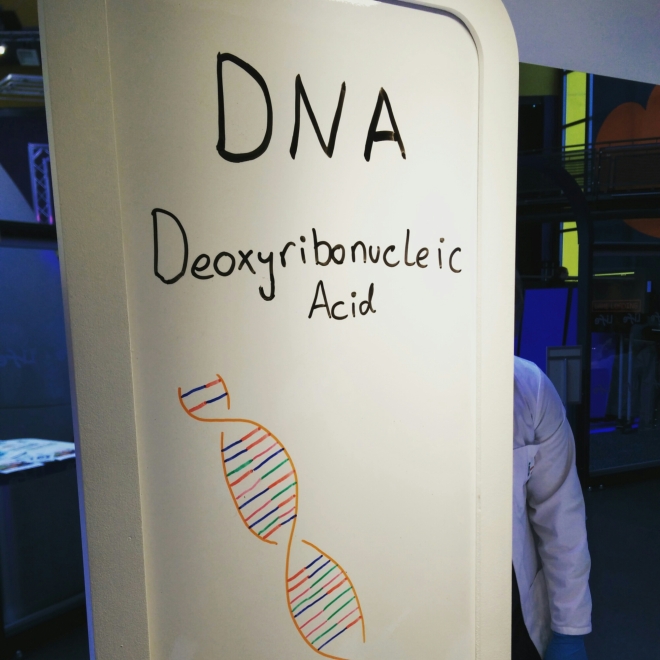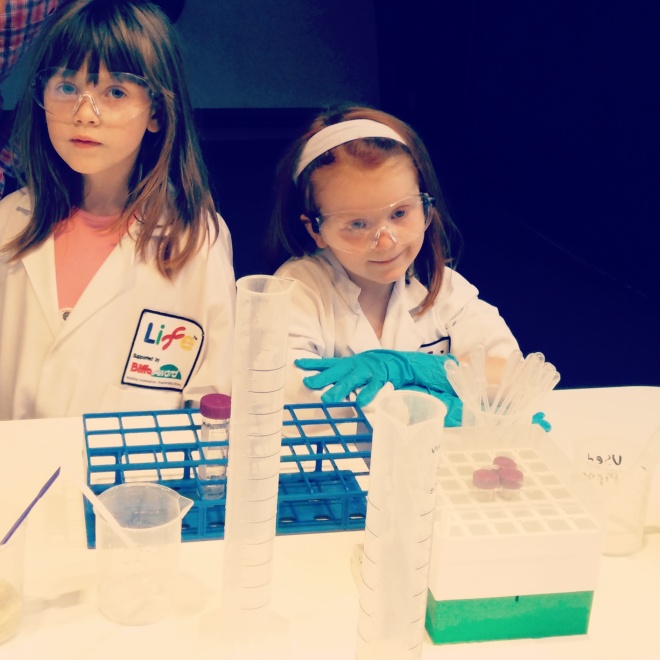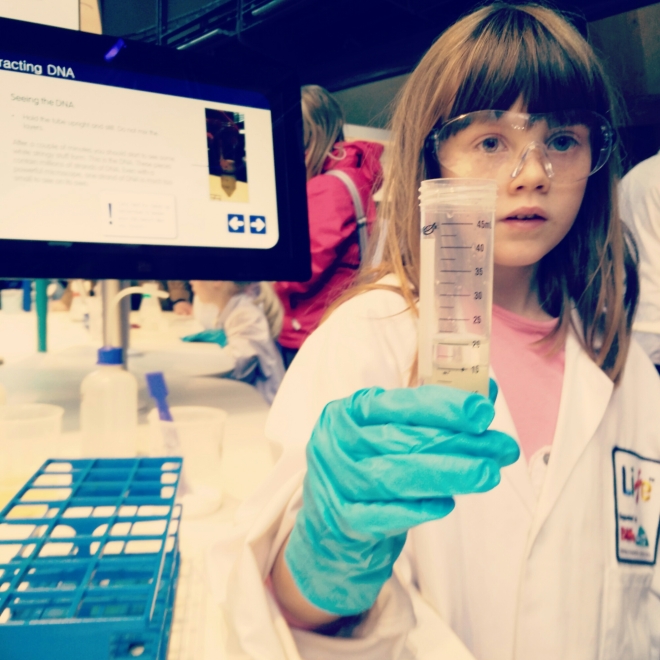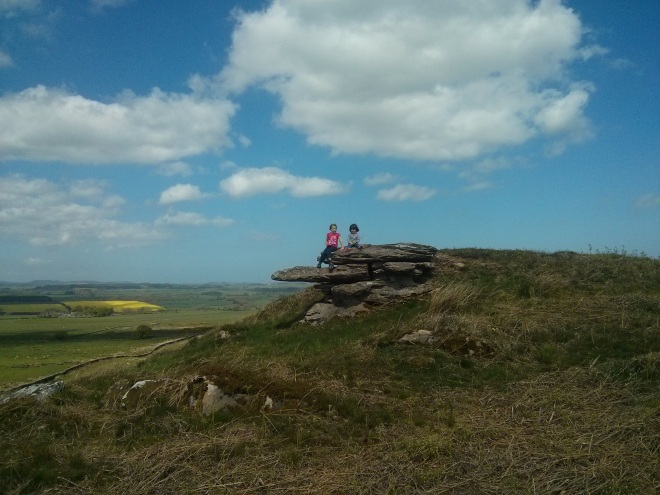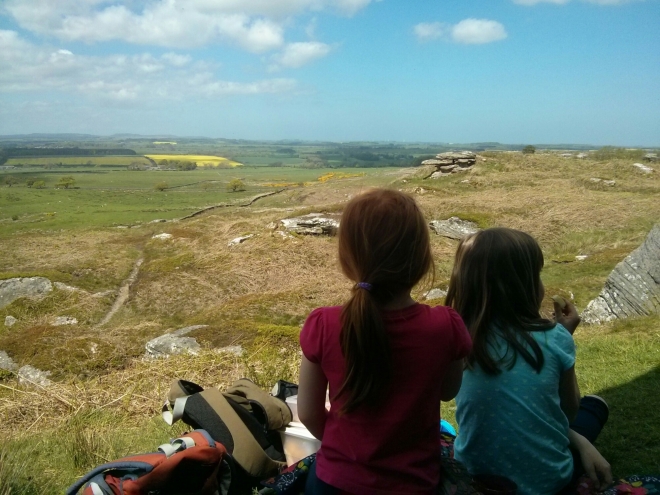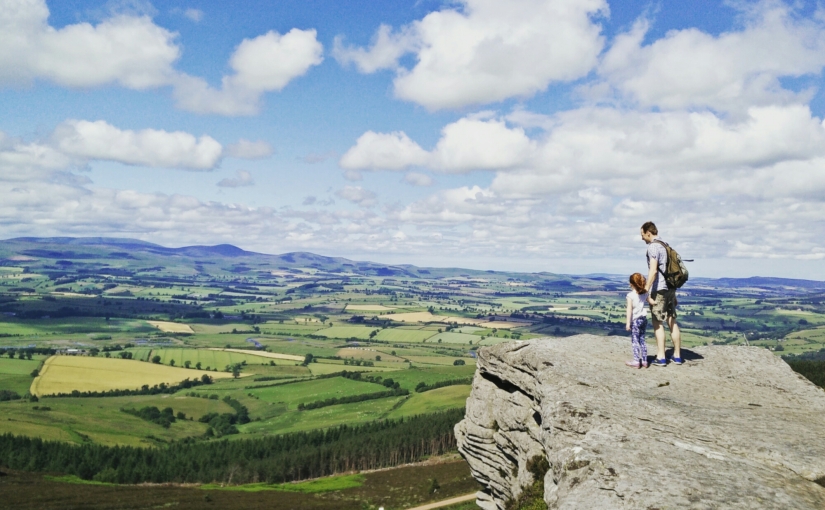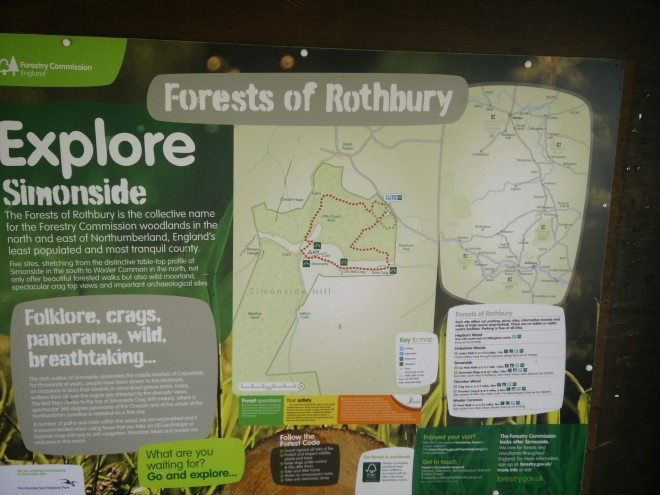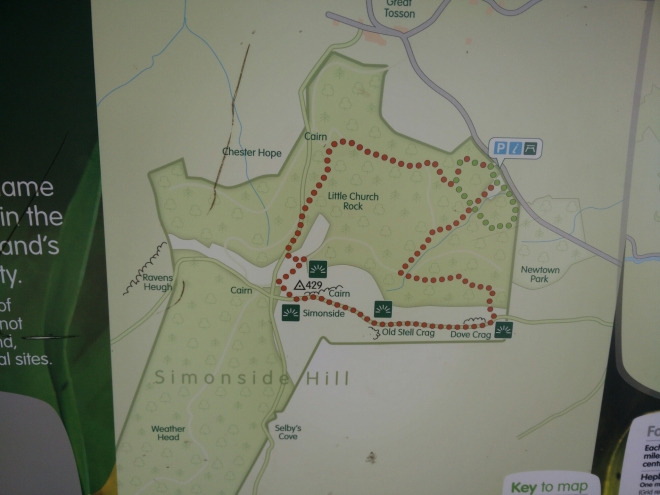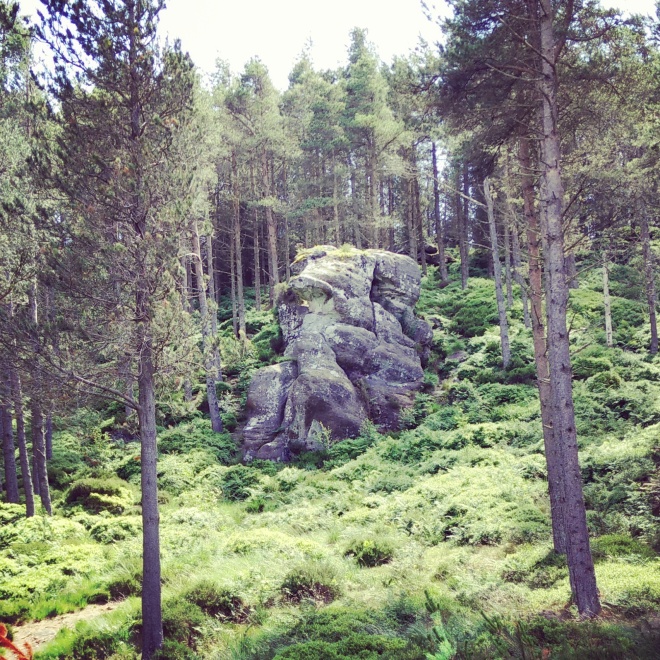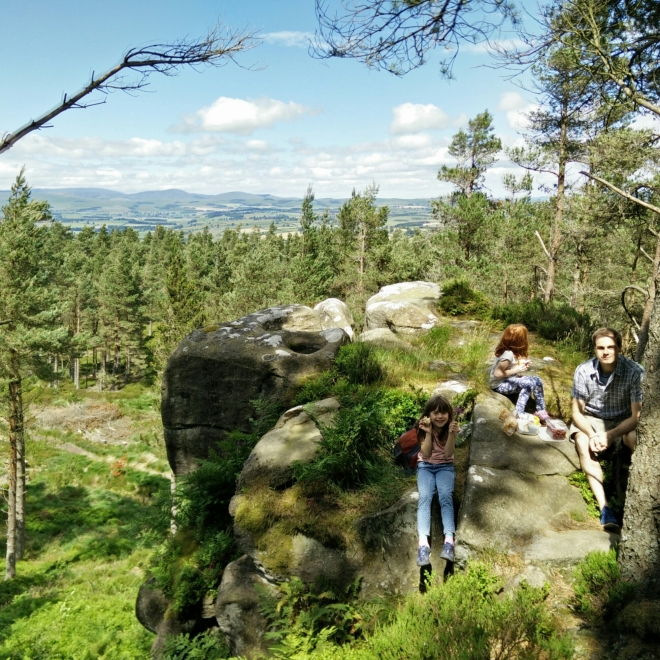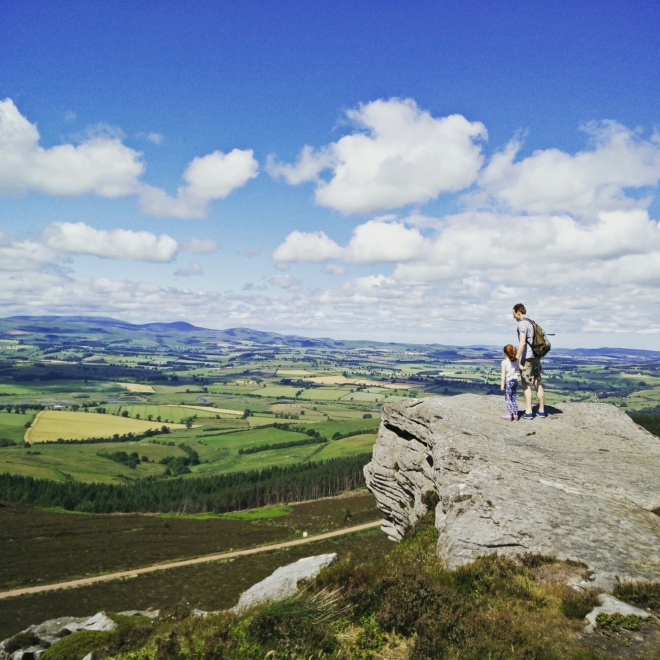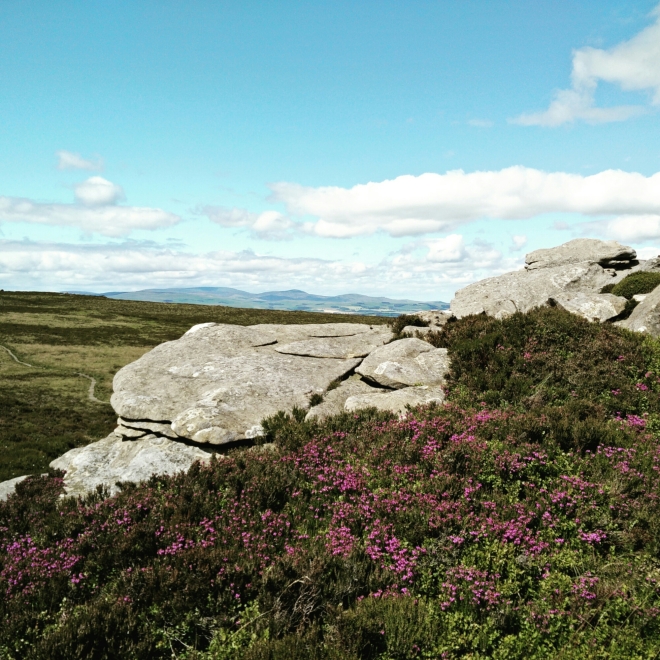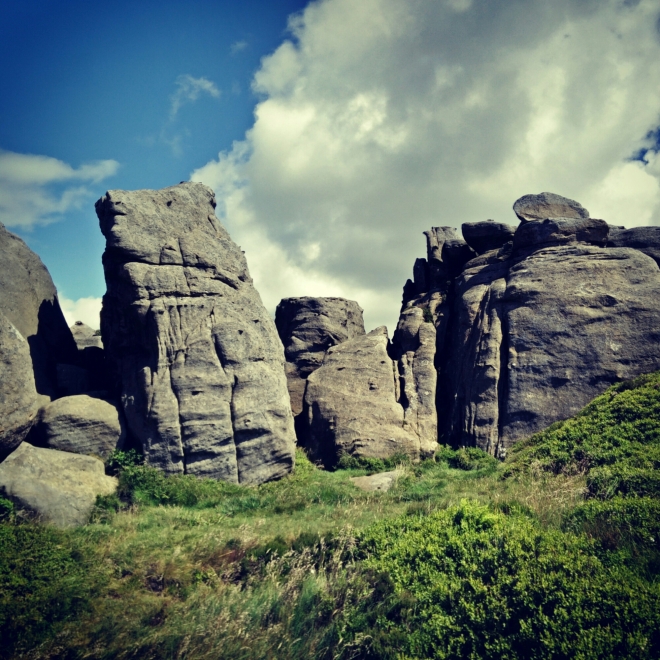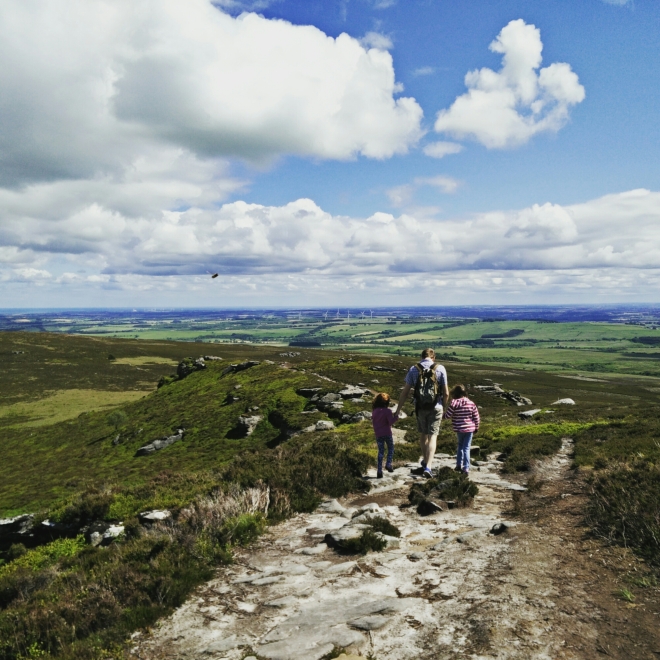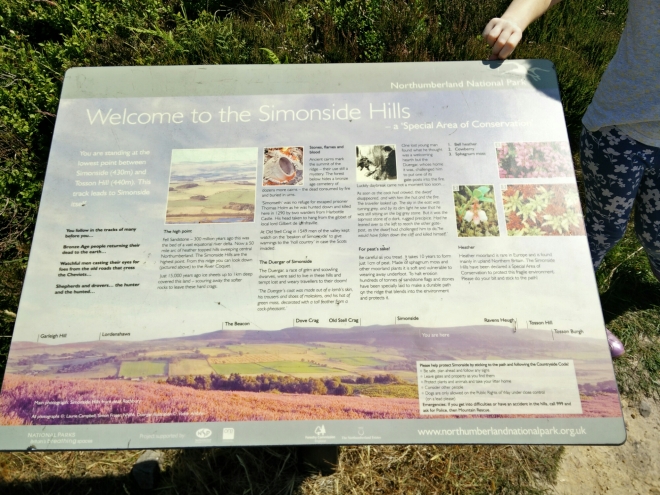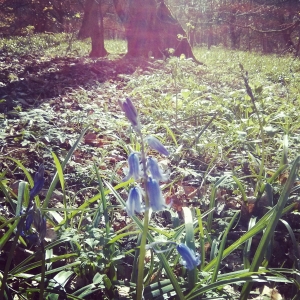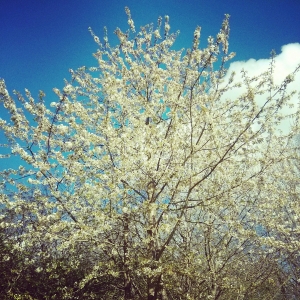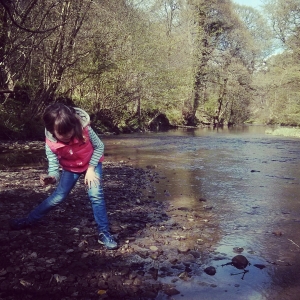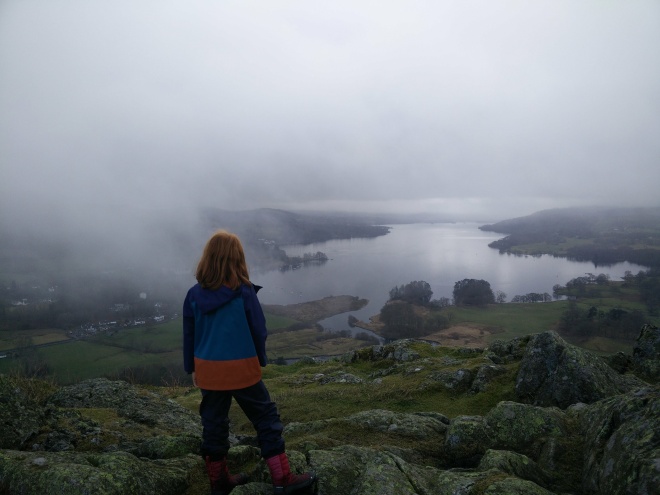
If you’re not hardy enough to brave a tent in the Lake District in the winter, there can’t be much better value for money than the view from our room in the YHA Ambleside.
OK, so I admit when we woke up and first eagerly drew back the curtains, we were slightly deflated by the sight of a thick grey mist. But as we sat having our breakfast from the window seat in the dining area below, the cloud gradually lifted, revealing the lake and the surrounding fells.
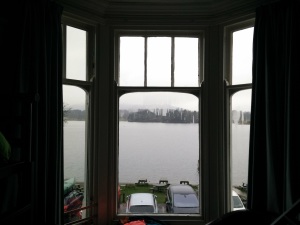
The light can constantly seem to change in the Lake District and the evening was even more impressive as we watched the sunset over the lake, with many of the hostel residents gathering outside to watch the natural light show.
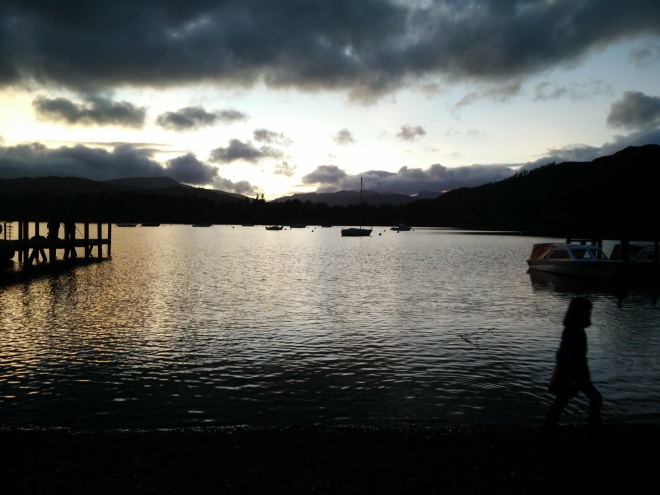
Another added bonus of the hostel is that the ground floor has its own pub. And as well as this pub having a corner of children’s books to keep little ones happy, you can also take your pint along the corridor into the large communal dining area, where there is plenty of space for them to wander about or do colouring and happy parents can almost, dare I say it ‘relax’?
The hostel is also within easy walking distance of Ambleside itself, which makes a nice change not to have to get in the car to be able to head off for a walk.
I’ve been lucky to spend family holidays in the Lake District since I was a child and was looking forward to taking the girls up Todd Crag on Loghrigg Fell – one of the first climbs I did as a child with my parents and grandparents.
For the children, the highlight was definitely the bunk beds – they packed themselves off to bed as soon as we arrived and had to be lured out again. They also loved the help yourself/all-you-can-eat breakfasts and could possibly have spent all day gazing at the treasure inside the Waterhead Shell Shop.
Tips: We have stayed before without children and not all rooms come with a view (as would be expected) so it might be worth checking when you book. Breakfast is extra, but we enjoyed it and the views from the dining room are fantastic. Self-catering facilities are also available in a separate area if you would like to bring your own food.
Find out more:









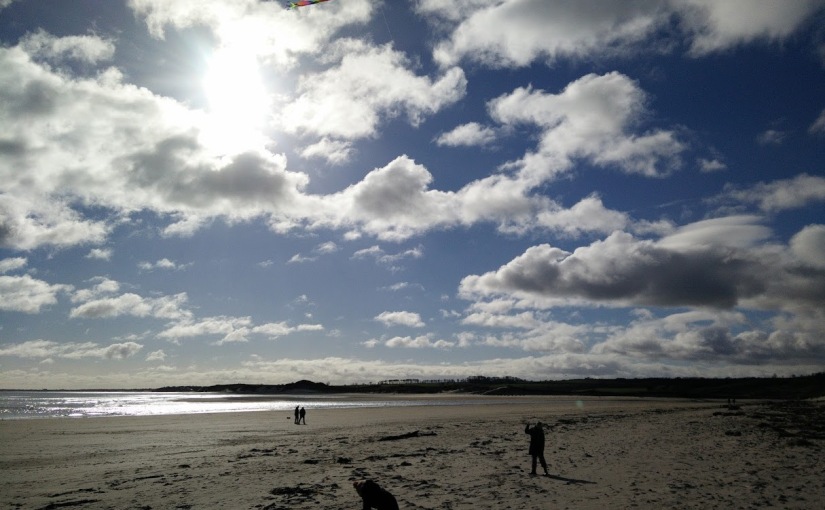



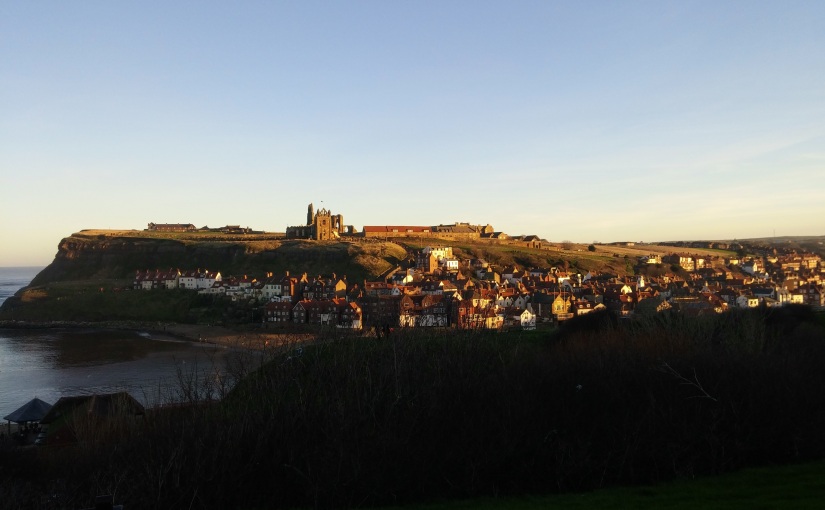
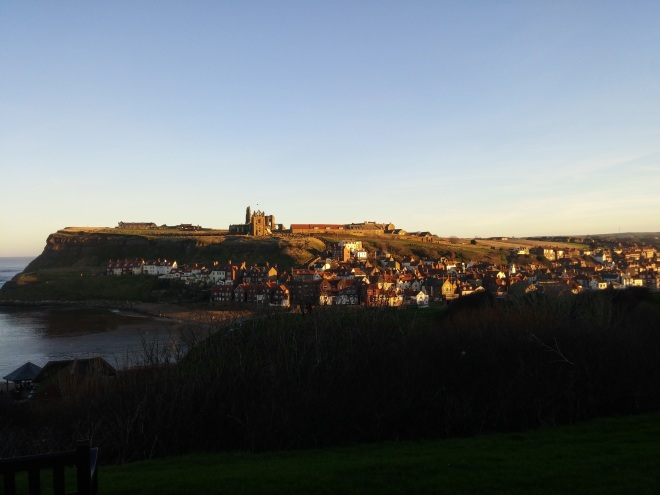
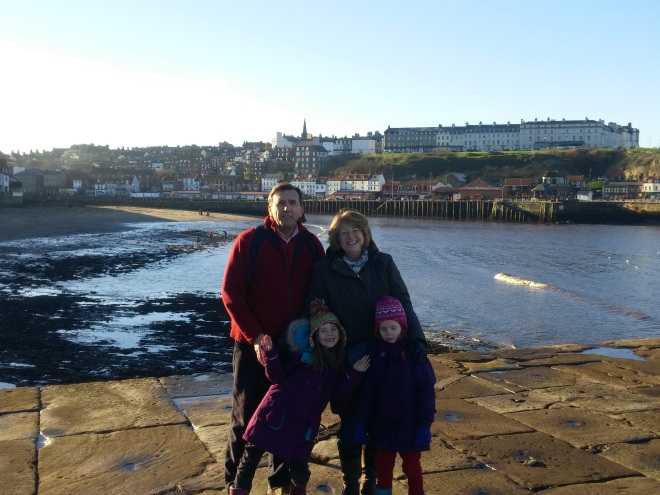
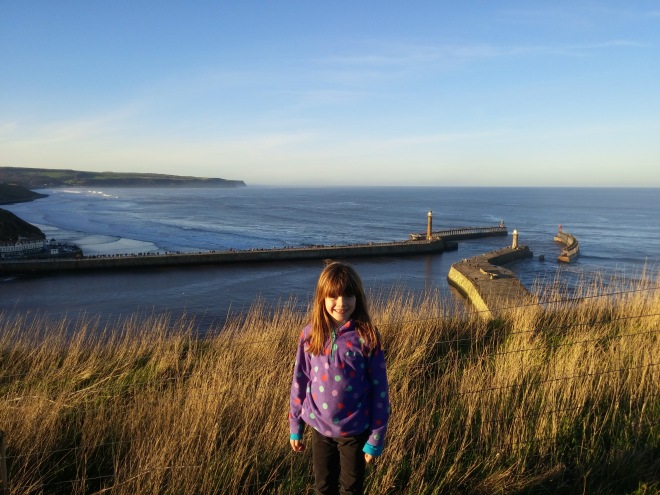
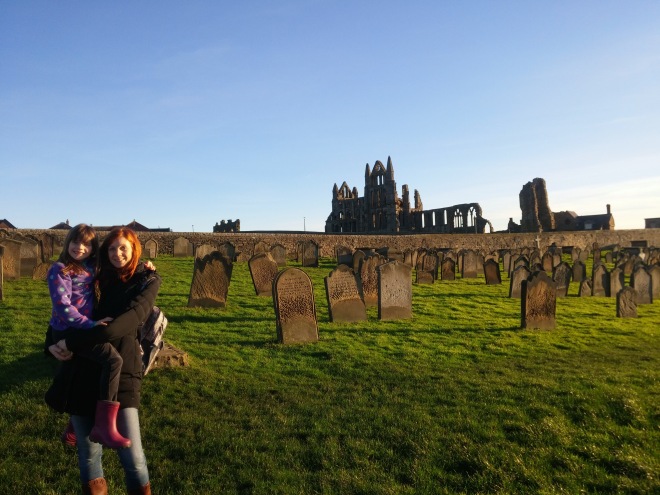
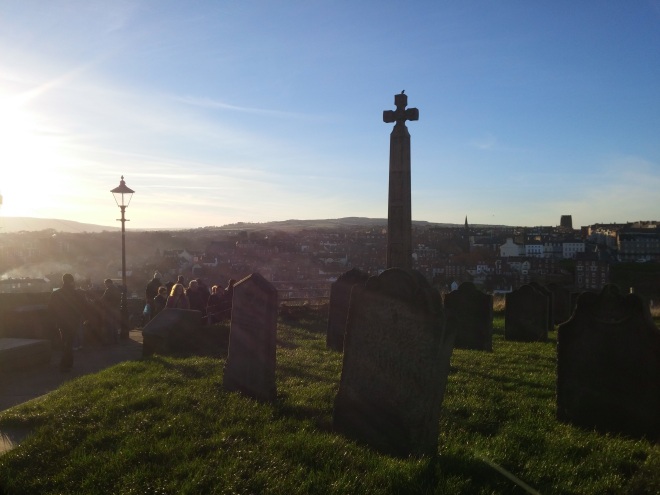
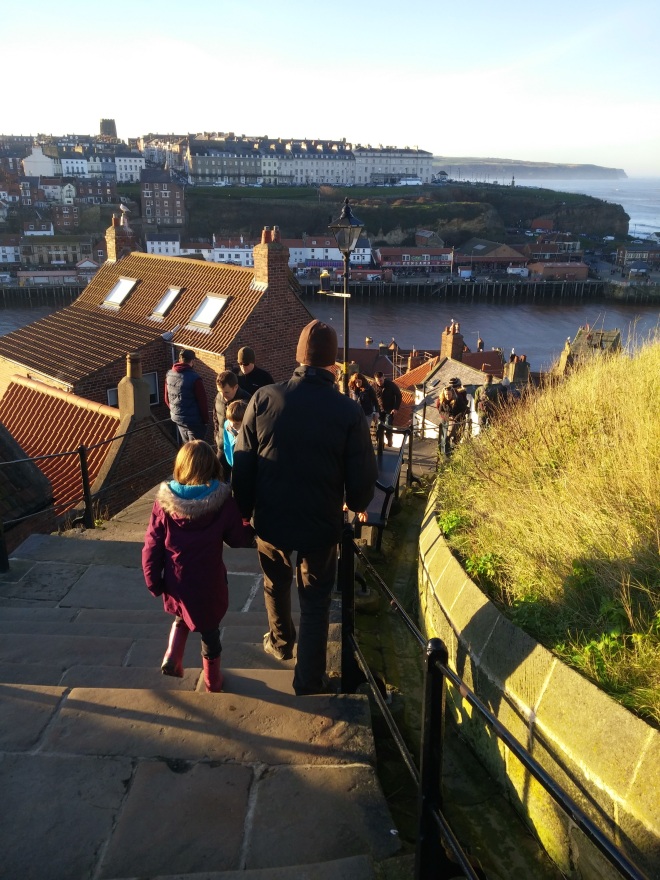
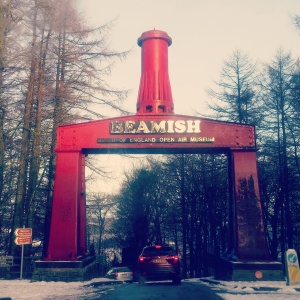 Our toes may be numb but what a lovely day we had in the snow at Beamish. While I think the unexpected snowfall and the trip to the traditional sweetshop may have been pretty influential – according to my daughter this was “the best time I’ve had while I’ve been six…”
Our toes may be numb but what a lovely day we had in the snow at Beamish. While I think the unexpected snowfall and the trip to the traditional sweetshop may have been pretty influential – according to my daughter this was “the best time I’ve had while I’ve been six…”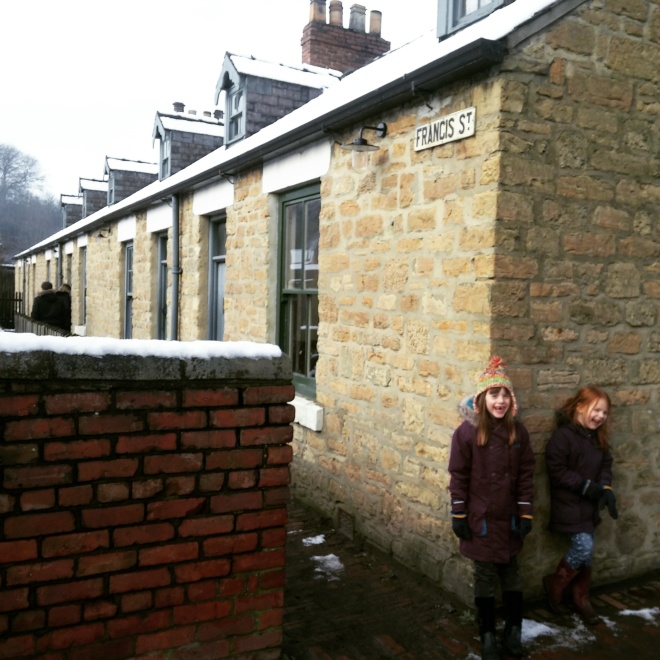 My gran was born in one of the Francis Street terraces, which were moved to the Beamish “Pit Village” from Hetton-le-Hole. Sadly my daughters didn’t get chance to visit with her, as she passed away last year. But we thought her birthday, this weekend, would be a nice way to keep her memory alive.
My gran was born in one of the Francis Street terraces, which were moved to the Beamish “Pit Village” from Hetton-le-Hole. Sadly my daughters didn’t get chance to visit with her, as she passed away last year. But we thought her birthday, this weekend, would be a nice way to keep her memory alive.